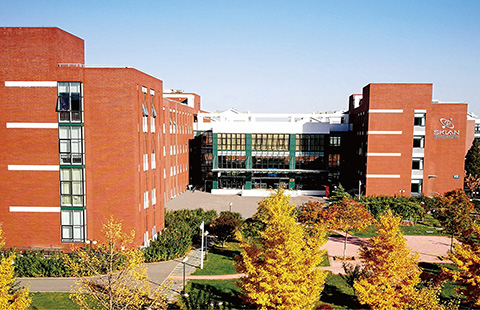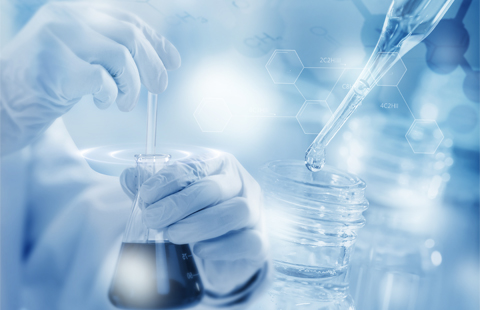Chinese scientists have fostered innovation in the protection and utilization of livestock and poultry breeds during the 13th Five-Year Plan period (2016-2020), supporting the country's high-quality development of the animal husbandry industry, the Chinese Academy of Agricultural Sciences (CAAS) said Tuesday.
China's meat production reached 76.39 million tonnes and egg production reached 34.68 million tonnes in 2020, both ranking first in the world, said Qin Yuchang, director of the Institute of Animal Science under the CAAS, at a press conference.
China has promoted independent innovation to ensure its livestock and poultry breeding resources, with the self-sufficiency ratio of key livestock and poultry breeds exceeding 75 percent, Qin noted.
The country has set up 199 national-level breeding farms, conservation areas and gene banks for livestock and poultry genetic resources. It has cultivated more than 100 new livestock and poultry breeds and has also established a commercial breeding system.
The CAAS has set up a service platform for preserving and sharing livestock and poultry germplasm resources, including information on 777 livestock and poultry breeds.
More than 300 local livestock and poultry breeds have been preserved in the form of frozen semen, embryos and somatic cells, greatly improving the diversity of livestock and poultry germplasm resources in China.
The CAAS has made significant progress in genome analysis, functional gene cloning and key breeding technologies for major livestock and poultry such as pigs, beef cattle, goats, chickens, ducks and horses, providing a theoretical basis and technical support for genetic improvement and breeding. A number of functional genes with great breeding value have also been discovered.
Beef cattle breeding efforts have allowed China to reduce dependence on imports. A new variety of yak has been developed to improve production and help herders on the Qinghai-Tibet Plateau shake off poverty.
Meanwhile, the CAAS has vowed to accelerate the building of a national germplasm resource pool for livestock and poultry during the 14th Five-Year Plan period (2021-2025). It aims to build the pool with the largest livestock and poultry germplasm resources, the most complete varieties, and the highest level of intelligence globally.
Efforts will be made to develop ultra-low temperature preservation and restoration technologies and explore gene resources for high-quality, resource-efficient and disease-resistant varieties.
A livestock and poultry biotechnology innovation platform will also be established, focusing on key technologies including cell engineering and whole genome selection technique.
The CAAS has also pledged to collaborate with enterprises, set up innovation bases and promote the application of breeding technologies, aiming to create a series of livestock and poultry breeds with international competitiveness.










